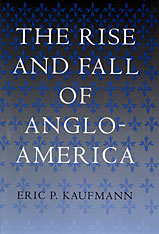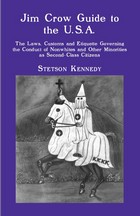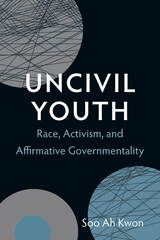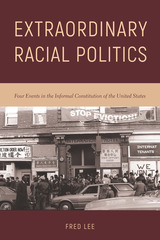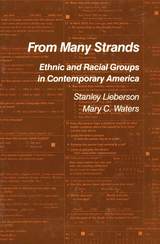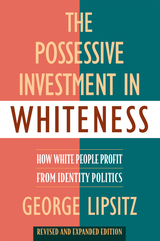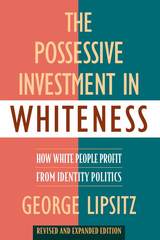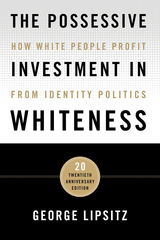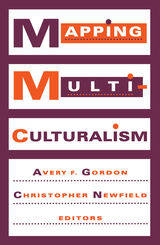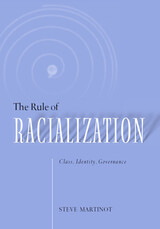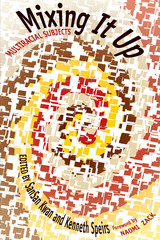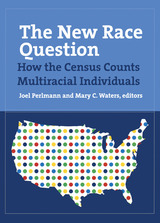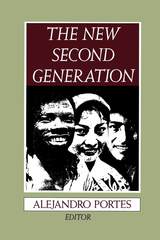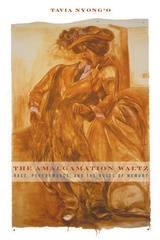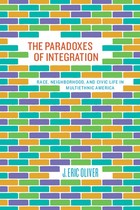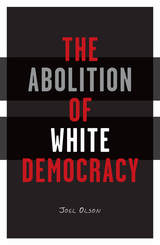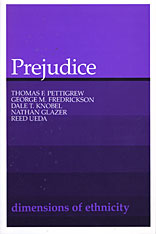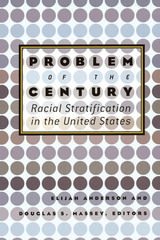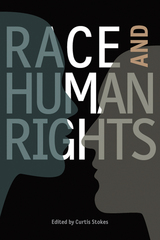Rule Of Racialization: Class, Identity, Governance
Temple University Press, 2002
Paper: 978-1-56639-982-1 | Cloth: 978-1-56639-981-4
Library of Congress Classification E184.A1M3135 2003
Dewey Decimal Classification 305.800973
Paper: 978-1-56639-982-1 | Cloth: 978-1-56639-981-4
Library of Congress Classification E184.A1M3135 2003
Dewey Decimal Classification 305.800973
ABOUT THIS BOOK | AUTHOR BIOGRAPHY | REVIEWS | TOC | REQUEST ACCESSIBLE FILE
ABOUT THIS BOOK
An important history of the way class formed in the US, The Rule of Racialization offers a rich new look at the invention of whiteness and how the inextricable links between race and class were formed in the seventeenth century and consolidated by custom, social relations, and eventually naturalized by the structures that organize our lives and our work.Arguing that, unlike in Europe, where class formed around the nation-state, race deeply informed how class is defined in this country and, conversely, our unique relationship to class in this country helped in some ways to invent race as a distinction in social relations. Martinot begins tracing this development in the slave plantations in 1600s colonial life. He examines how the social structures encoded there lead to a concrete development of racialization. He then takes us up to the present day, where forms of those structures still inhabit our public and economic institutions. Throughout, he engages historical and contemporary thinkers on the nature of race in the US, creating a book that at once synthesizes significant critiques of race while at the same time offers a completely original conception of how race and class have operated in American life throughout the centuries.A uniquely compelling book, The Rule of Racialization offers a rich contribution to the study of class, labor, and American social relations.
See other books on: Class | Rule | Social classes | White people | Whites
See other titles from Temple University Press

